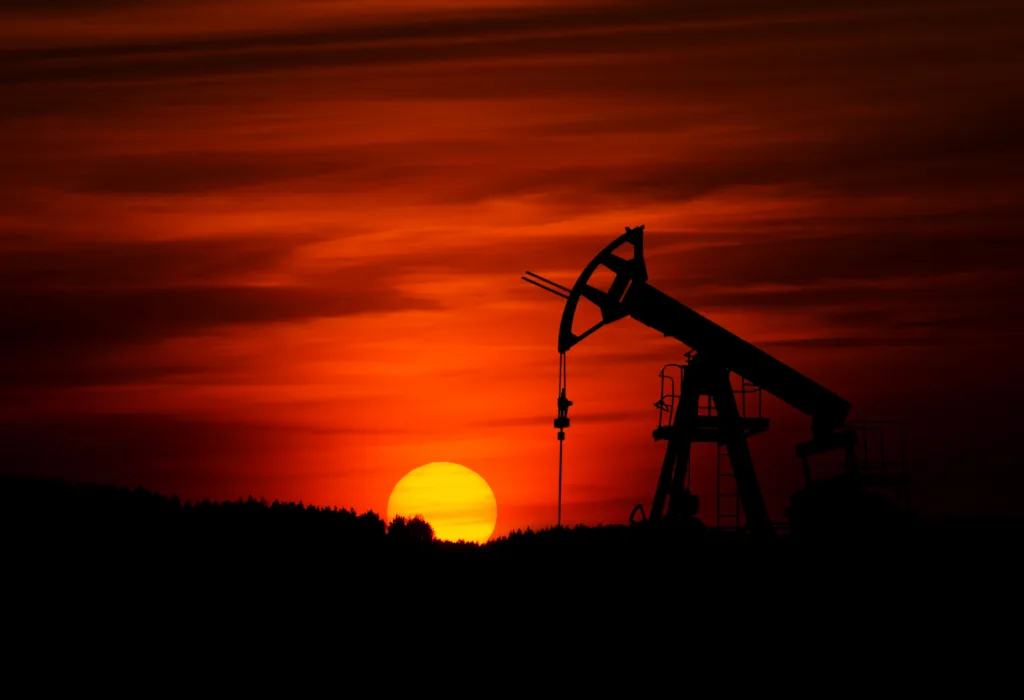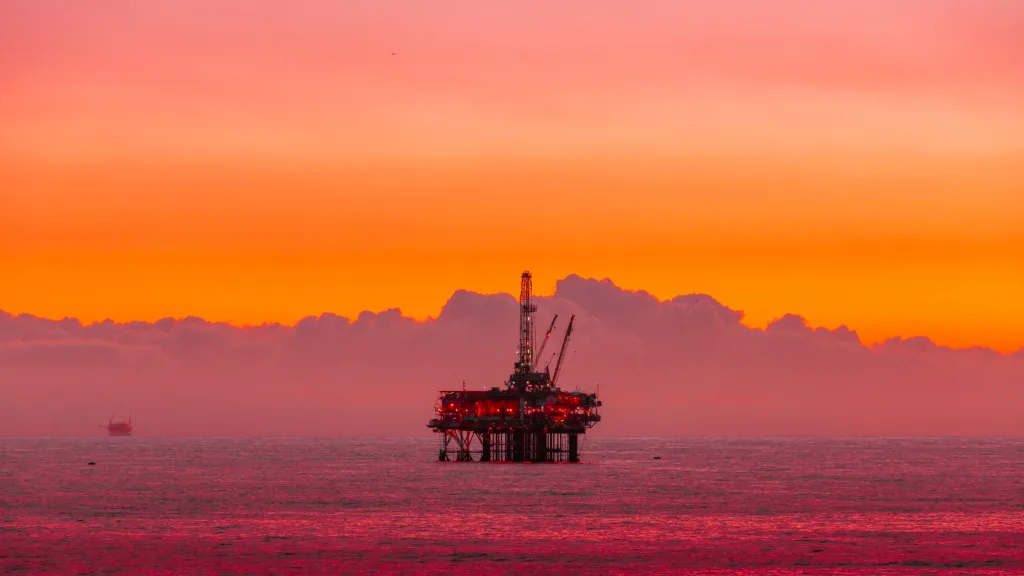Oil rigs are a crucial component of the oil and gas industry, allowing for the extraction of petroleum from the depths of the ocean floor. But have you ever wondered how these massive structures stay afloat in the water? The answer lies in their design.
While some oil rigs are fixed structures that sit on the ocean floor, the majority of them are designed to float. This allows them to be moved from location to location as needed, and to operate in a wide range of water depths.
There are several diferent types of floating oil rigs, each with their own unique design and operational capabilities. One common type is the Tension Leg Platform (TLP). These rigs consist of a floating platform that is tethered to the ocean floor by a series of long, flexible steel cables called tendons. The tendons are kept under tension, which helps to stabilize the platform and prevent it from drifting away from the drilling site.
Another type of floating oil rig is the semi-submersible. These rigs are essentially massive floating platforms that sit partially submerged in the water. They are designed to be very stable, with large ballast tanks that can be filled with water to increase their weight and lower their center of gravity. This helps to minimize the effects of waves and currents, which can cause the platform to sway or tilt.
Finally, there are jackup rigs, which are essentially barge-like platforms that can be raised or lowered using hydraulic legs. These legs are lowered to the ocean floor, providing a stable base for the platform to rest on. Once the legs are locked in place, the platform is raised above the water level, allowing drilling operations to begin.
While the specific design of each oil rig may vary, all floating rigs share one common feature: buoyancy. By displacing a large volume of water, these massive structures are able to stay afloat and support the weight of their equipment and crew. In some cases, additional buoyancy devices such as pontoons or air-filled chambers may be used to increase the rig’s stability and weight-bearing capacity.
Oil rigs do indeed float, thanks to their clever design and use of buoyancy. Whether it’s a Tension Leg Platform, a semi-submersible, or a jackup rig, these structures are essential for extracting the valuable resources that lie beneath the ocean floor.
Are Oil Rigs Floaters?
Yes, most oil rigs are designed to float. There are several different types of floating platforms used in the oil and gas industry, including Tension Leg Platforms (TLPs), Semisubmersibles, Drillships, and Spar Platforms. These floating platforms are typically used in water depths greater than 500 feet, where fixed platforms are not feasible. Tension Leg Platforms are one of the most common types of floating platforms used in the industry. They are anchored to the seabed using a system of tensioned cables, which keeps the platform stable and prevents it from drifting. TLPs are ideal for use in water depths ranging from 1,000 to 5,000 feet. Semisubmersibles are another common type of floating platform. They are designed to float on the water’s surface and are anchored to the seabed using a system of mooring lines. Semisubmersibles are typically used in water depths ranging from 1,000 to 7,000 feet. Drillships are floating platforms that are designed to drill wells in deepwater locations. They are equipped with drilling equipment and can operate in water depths of up to 12,000 feet. Spar Platforms are a type of floating platform that is used in very deep water. They are designed to be long and slender, with a deep draft to provide stability. Spar Platforms can operate in water depths of up to 10,000 feet. In summary, wile there are some fixed platforms used in the industry, the majority of oil rigs are designed to float in deepwater locations.

The Risk of Sinking Oil Rigs
Yes, oil rigs can sink in certain circumstances. The sinking of an oil rig can be caused by a variety of factors such as storms, structural failures, or explosions. The Deepwater Horizon oil rig, for example, sank after an explosion occurred on the rig, causing it to burn for approximately 18 hours before eventually sinking. While sinking is rare, it is a possibility that companies take into consideration when designing and operating these structures. Therefore, safety measures and protocols are put in place to prevent such incidents from occurring, including regular inspections, safety drills, and emergency response plans.
Do Oil Rigs Impact the Ocean Floor?
It depends on the type of oil rig. Some oil rigs, such as fixed platforms, are built on the ocean floor and are firmly attached to it. However, many modern oil rigs are floating structures, which can be attached to the ocean bottom using traditional mooring and anchoring systems, but they do not touch the bottom. Instead, they maintain their position using thrusters to counteract winds, waves, and currents. These floating rigs are often preferred because they can be moved to different locations as needed and can operate in deeper water than fixed platforms. So, in summary, while some oil rigs do touch the bottom, many do not, and it depends on the type of rig beig used.
Sitting an Oil Rig on the Ocean
An oil rig, also known as an offshore platform, sits on the ocean by using a complex system of legs that are extended down to the sea floor. The legs are designed to provide a stable and secure base for the platform. Once the rig is towed to the drilling site by a ship, the jackup begins to extend its legs down to the sea floor. The legs are loaded in such a way that they don’t penetrate the floor. Once each leg is secure, the jackup continues to ratchet the legs so that the platform rises aboe the water level. This allows the workers to safely access the platform and conduct drilling operations. The legs are made of durable materials such as steel and are designed to withstand the harsh ocean environment, including strong currents and waves. Additionally, the platform is equipped with advanced monitoring systems that constantly measure the stability of the platform and alert the crew in case of any issues. Overall, the intricate leg system and sophisticated monitoring technology ensure that the oil rig is securely anchored to the ocean floor, allowing for safe and efficient drilling operations.

Conclusion
In conclusion, oil rigs can both float and be fixed to the ocean floor. The type of platform used depends on the depth of the water and the specific needs of the operation. Shallow water platforms, such as jackup rigs, are designed to stand on the ocean floor and rise above the water level. Deepwater platforms, such as Tension Leg Platforms, are designed to float and be anchored to the ocean floor. The key factor in designing these platforms is to ensure stability in the face of wind, waves, and currents, as well as to maintain the safety of workers aboard. Despite the risks associated with offshore drilling, oil rigs continue to be an important source of energy for modern society.
